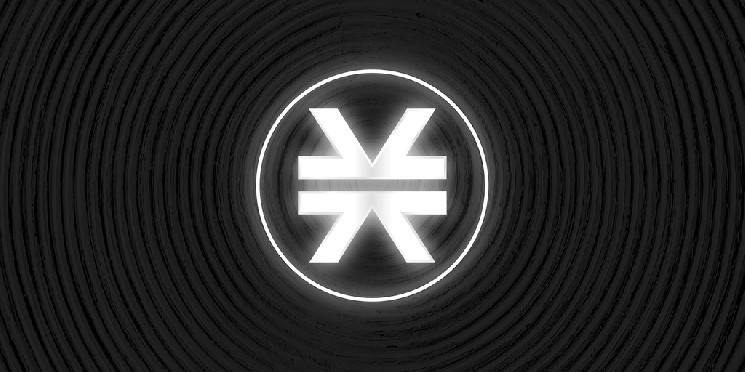Bitcoin Network Stacks Begins Rollout of Speed-Boosting Nakamoto Upgrade
 decrypt.co + 3 more 28 August 2024 18:19, UTC
decrypt.co + 3 more 28 August 2024 18:19, UTC After months of delay, Bitcoin layer-2 network Stacks is finally activating its anticipated Nakamoto upgrade—a change expected to boost transaction speeds by orders of magnitude.
The upgrade, which began its activation sequence on Wednesday, will decouple the Stacks network’s block production from Bitcoin itself. This will boost block production by 120 times, speeding up confirmation times from Bitcoin’s 10-minute average to mere seconds.
Stacks operators have the entirety of Stacking cycle 92 to implement the upgrade, after which core developers will select the final hard fork block and the full implementation of Nakamoto consensus rules will be in effect. One “Stacking cycle” lasts 2,100 Bitcoin blocks, which takes roughly two weeks.
Amid Wednesday’s code distribution, the price of its native STX token is down nearly 11% over the last 24 hours per data from CoinGecko, sitting at a current price of $1.59. The decline appears to reflect both broader crypto market losses from late Tuesday, plus a further dip for STX since the announcement was made this morning.
Nakamoto Activation Window Begins
Today marks the beginning of a sequence to safely bring the Nakamoto upgrade and its fast blocks and Bitcoin finality to the Stacks layer!
Celebrate with 21 days of events, big news, collaborations, giveaways, and more.
More 1/4 pic.twitter.com/tTwJ9Glxv5
— stacks.btc (@Stacks) August 28, 2024
The Nakamoto upgrade was partially implemented back in April, with the network beginning to mock-sign transactions under its new proof-of-transfer (POX) contract at the time. POX is the consensus mechanism used by Stacks, in which Stacks “miners” burn BTC (rather than electricity) to mine Stacks blocks and earn STX rewards.
The activation of the upgrade was to take place shortly afterward, but core developers decided to delay it for eight weeks to prioritize certain security features and code audits instead. With Nakamoto’s arrival, Stacks will not only be faster, but builders say that transactions on the network will inherit full Bitcoin finality, becoming as difficult to reverse as a Bitcoin transaction.
Nakamoto also primes Stacks for the rollout of sBTC, a “programmable Bitcoin asset” that enables users to bridge their BTC to the Stacks network in a relatively decentralized way.
“Nakamoto is already code complete, with sBTC expected to be code complete in September and ready for release four weeks after Nakamoto is fully activated,” said Stacks Foundation Executive Director Mitchell Cuevas told Decrypt.
Going forward, some of Stacks’ priorities will include fostering sBTC adoption, interoperability with other blockchains, and growing more decentralized applications on the improved system.
The Stacks Foundation will also prioritize research into BitVM—a computational framework published last year that’s birthed a new wave of innovation and layer-2 (L2) designs on top of Bitcoin.
“The emergence of other Bitcoin L2s is validation of the long-held vision that Bitcoin can and should be more than just a store of value,” said Cuevas. “This is not a zero-sum game, and we openly collaborate with those trying to make Bitcoin more useful for more people.”
That said, Cuevas urges caution not to leap at every new Bitcoin layer-2 network that catches investors’ attention.
“This is harder than it looks, and I think some projects are finding that out,” he said. “I encourage users to research carefully as new Bitcoin L2s pop up—if something seems too good to be true, it probably is.”
Edited by Andrew Hayward




